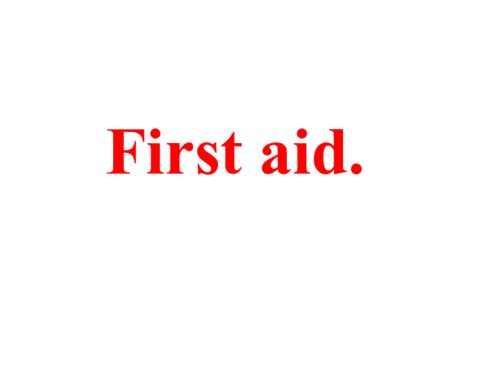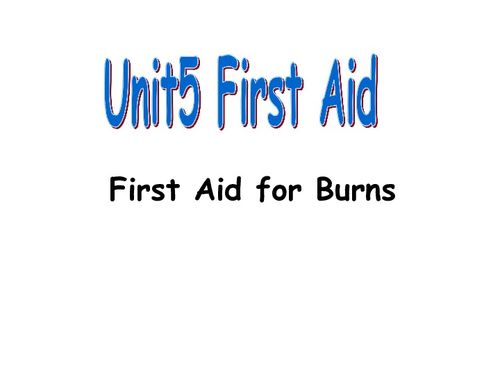
First Aid Steps for Spider Bite
When encountering a spider bite, it’s crucial to act quickly and efficiently to ensure the best possible outcome. Spider bites can range from mild to severe, and while most are not life-threatening, some can be quite serious. Here’s a detailed guide on how to handle a spider bite effectively.
Identifying the Spider Bite

The first step is to identify whether the bite is indeed from a spider. Not all wounds are caused by spiders, and some insects can cause similar reactions. Look for the following signs:
– A small, puncture wound- Redness and swelling around the bite- Pain or itching at the site- Nausea or vomiting- Difficulty breathing or swallowing
If you’re unsure about the cause of the bite, it’s best to err on the side of caution and treat it as a spider bite.
Immediate First Aid Steps

1. Wash the Bite Area: Gently wash the bite area with soap and water to remove any debris or bacteria.2. Apply Ice: Place a cold pack or ice wrapped in a cloth on the bite area for 10-15 minutes at a time. This can help reduce swelling and pain.3. Elevate the Affected Area: If possible, elevate the affected area to reduce swelling.4. Avoid Breaking the Skin: Do not scratch or break the skin around the bite, as this can lead to infection.
When to Seek Medical Attention

While most spider bites can be treated at home, there are certain situations where medical attention is necessary:
– If the bite is from a venomous spider, such as a black widow or brown recluse.- If you experience severe pain, swelling, or redness.- If you have difficulty breathing or swallowing.- If you develop a fever or other signs of infection.- If the bite is on a sensitive area, such as the face or genitals.
Home Remedies and Preventive Measures
1. Home Remedies: Some people find relief from home remedies like applying a paste of baking soda and water or using a paste of activated charcoal. However, these remedies have not been scientifically proven to be effective.2. Preventive Measures: To reduce the risk of spider bites, take the following precautions: – Keep your living area clean and free of clutter, as spiders often hide in dark, undisturbed areas. – Wear gloves when handling items that may have been in the ground or outside. – Avoid leaving food out, as it can attract spiders. – Use insect repellent when outdoors.
Understanding Spider Venom
Spider venom can cause a variety of symptoms, depending on the type of spider and the individual’s immune response. Some common symptoms include:
– Localized pain and swelling- Nausea and vomiting- Difficulty breathing- Muscle cramps- Seizures- Heart palpitations
Table: Spider Bite Symptoms
| Spider Bite Symptoms | Description |
|---|---|
| Pain and Swelling | Localized pain and swelling around the bite area |
| Nausea and Vomiting | Feeling of queasiness and vomiting |
| Difficulty Breathing | Shortness of breath or difficulty swallowing |
| Muscle Cramps | Uncontrollable muscle spasms |
| Seizures | Sudden, uncontrolled electrical activity in the brain |
| Heart Palpitations | Irregular heartbeat or racing pulse |
Conclusion
Spider bites can be a cause for concern, but with proper first aid and knowledge, you can handle most situations effectively. Remember to identify the spider, wash the bite area, apply ice, elevate the affected area, and seek medical attention if necessary. By taking these steps, you can ensure a safe and healthy recovery.






